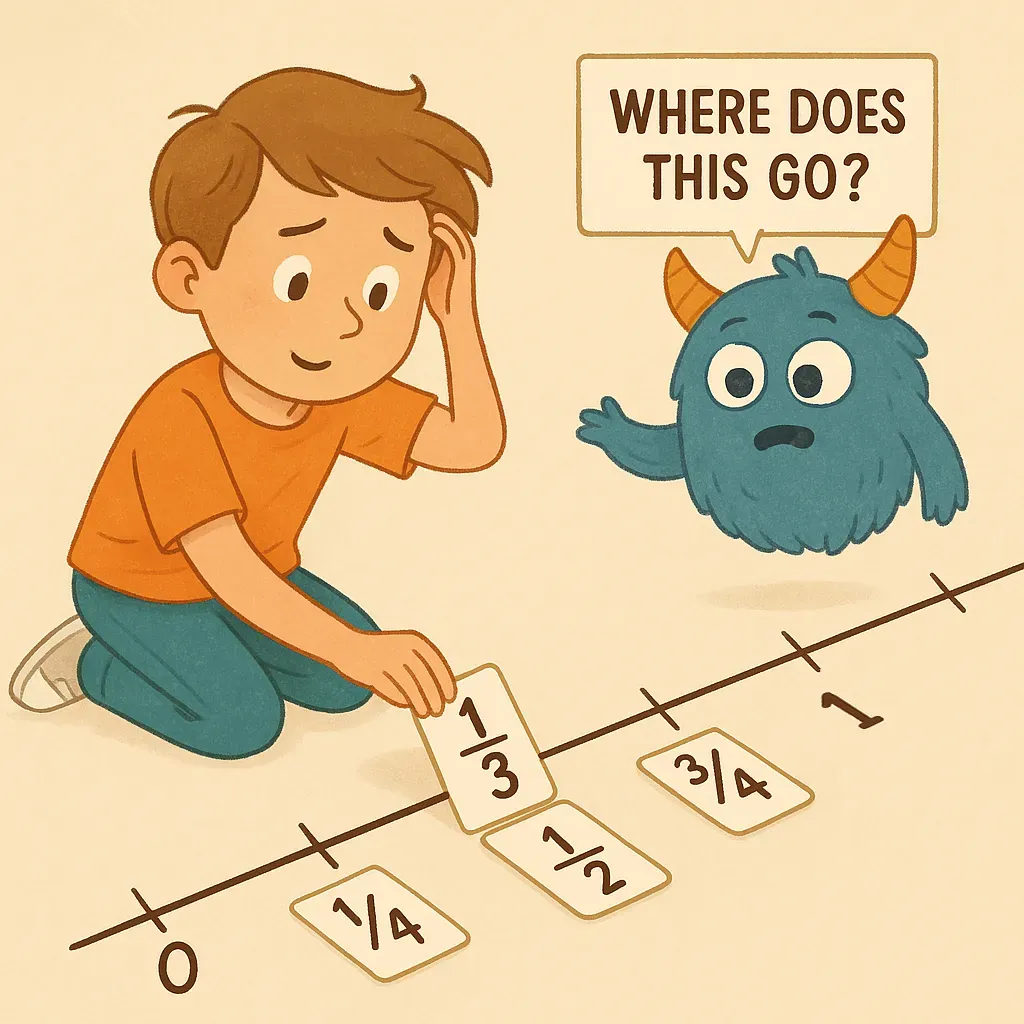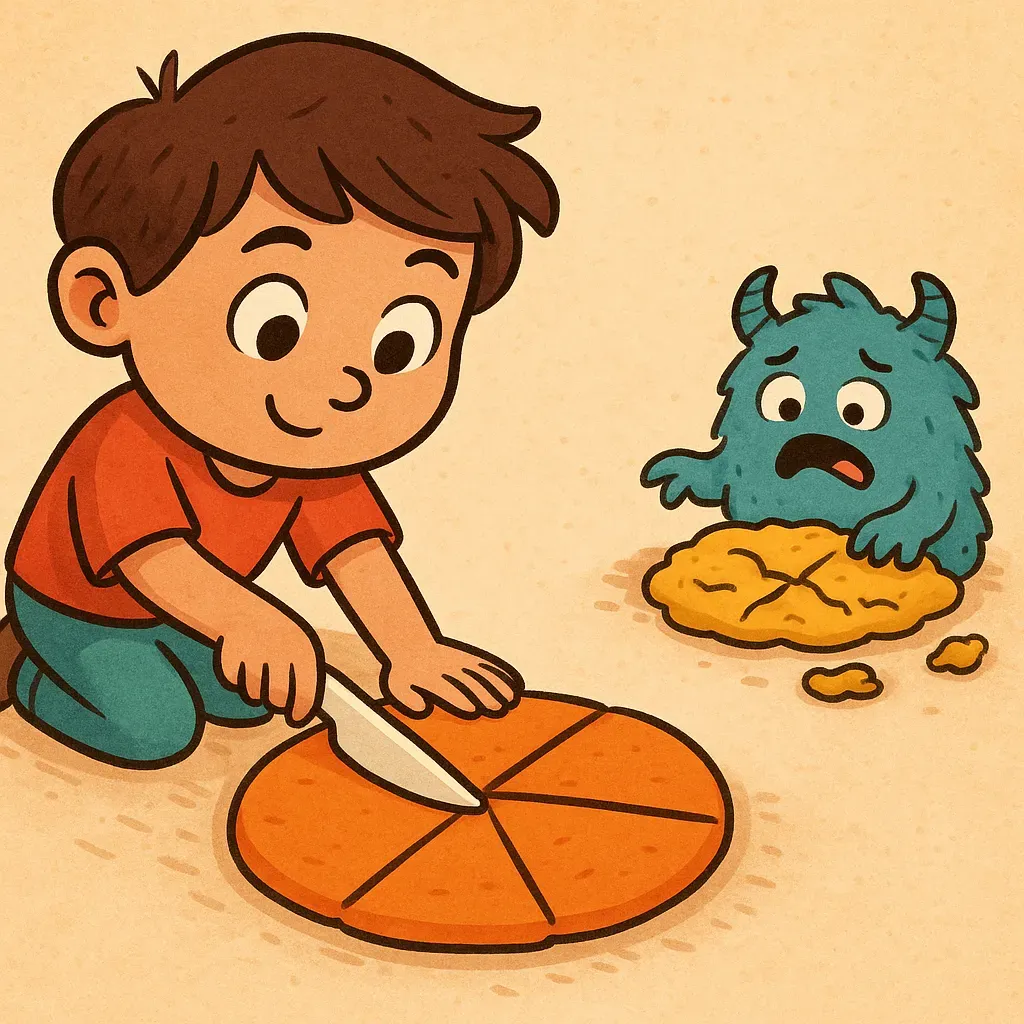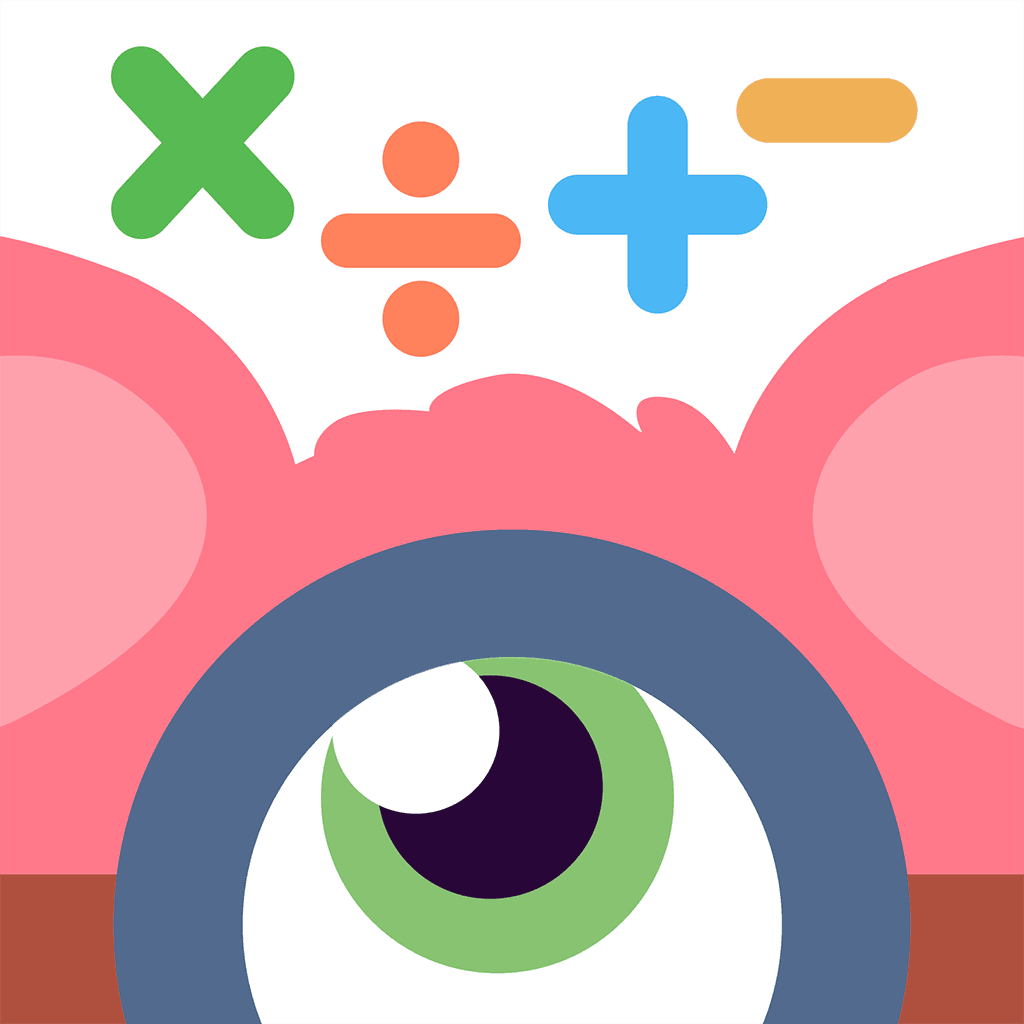Fraction Sense for Dyscalculia Kids: Visual & Tactile Methods
TL;DR
Teaching fractions (like halves, thirds, quarters) to children with dyscalculia is challenging but possible using visual and hands-on methods. Research shows visual aids (like fraction bars, number lines) and tactile tools (like blocks, food, playdough) help make abstract fractions concrete. These methods are especially beneficial for learners with dyscalculia as they provide lasting support. Focus on these multi-sensory strategies, patience, and repetition for building foundational fraction sense.
Understanding fractions can feel like learning a new language for many children, but for those with dyscalculia, it presents a unique and often significant hurdle. Dyscalculia, a specific learning difference affecting mathematical abilities, can make grasping concepts like quantity, comparison, and numerical relationships incredibly challenging. When fractions enter the picture – representing parts of a whole, requiring manipulation of numerators and denominators, and demanding a different way of thinking about numbers – these challenges can intensify. But there's hope! Research shows that moving beyond abstract numbers and embracing visual and hands-on methods can make a world of difference in building crucial fraction sense, especially for foundational fractions like halves, thirds, and quarters.
Why Are Fractions So Tricky with Dyscalculia?
Dyscalculia often impacts core number sense, including the ability to intuitively understand magnitude (which number is bigger) and relationships between numbers. Fractions require understanding that a single number represents a quantity (the relationship between the numerator and denominator), not just two separate whole numbers. This can clash with the whole-number bias many children initially have, where they might mistakenly think 1/4 is larger than 1/2 because 4 is larger than 2.
For children with dyscalculia, these difficulties can be more pronounced and persistent. Research involving middle school students found that those with mathematical learning disability (MLD, often used interchangeably with dyscalculia in research contexts) struggle significantly with understanding different fraction representations compared to their peers, even those who are low-achieving in math but without MLD. These difficulties often persist through Grade 8, highlighting the need for targeted, effective strategies from early on.
The Power of Seeing: Visual Strategies
One of the most effective ways to bridge the gap between abstract fraction symbols and concrete understanding is through visual aids. Making fractions visible helps children see the quantities and relationships involved.

The same study by Mazzocco and colleagues found a clear advantage for using visual models when comparing fractions, across all student groups. Crucially, for students with MLD, this benefit of visual representation didn't fade quickly; it persisted right through Grade 8. This strongly suggests that visual supports aren't just a temporary scaffold but a vital long-term tool for learners with dyscalculia.
Practical Visual Ideas for Halves, Thirds, and Quarters:
- Fraction Bars/Strips: These rectangular bars, divided into equal parts (halves, thirds, quarters, etc.), are fantastic for comparing fractions. Children can physically see that 1/2 is larger than 1/3 or that 2/4 is equivalent to 1/2.
- Pie Charts/Circles: Dividing circles into equal slices helps visualize fractions as parts of a whole. Use different colors for different fractions (e.g., half blue, a third red, a quarter green) to make comparisons clear.
- Number Lines: Placing fractions on a number line is crucial for understanding their magnitude and order. Start with a line from 0 to 1. Mark 1/2 clearly in the middle. Then, help your child place 1/4 (halfway between 0 and 1/2) and 3/4 (halfway between 1/2 and 1). Similarly, divide the line into thirds to place 1/3 and 2/3. This visual reinforces that fractions are numbers with specific values.
- Drawing & Coloring: Encourage children to draw shapes (squares, rectangles) and divide them into halves, thirds, or quarters, coloring in the relevant parts. This active engagement reinforces the concept.
Getting Hands-On: Tactile Strategies
While seeing is believing, doing can be even more powerful for cementing understanding, especially for learners who benefit from multi-sensory input. Tactile strategies involve using physical objects – manipulatives – that children can touch, move, and arrange.
Research supports this hands-on approach. A study focusing on teaching fractions with manipulatives to fourth graders (including those with learning disabilities) found that students who used manipulatives showed significantly more growth in their understanding compared to those taught only through worksheets and direct instruction. Engaging physically with fractions helps make the abstract concepts concrete and understandable.
Practical Tactile Ideas for Halves, Thirds, and Quarters:
- Fraction Tiles/Blocks: Similar to fraction bars but often chunkier, these allow children to physically build, compare, and manipulate fractional parts.
- Food!: Food is a highly motivating manipulative. Cut a pizza, a cake, an apple, or a chocolate bar into halves, thirds, or quarters. Share pieces and talk about the fractions involved. (Is 1/2 of the pizza more or less than 1/4?)
- Playdough: Roll out playdough and use cutters or plastic knives to divide it into equal parts. This allows for flexible exploration of different fractions.
- Building Blocks (e.g., LEGO): Use blocks of the same size. Define one block as the 'whole'. Then use other blocks to represent halves (if the whole was 2 studs long), thirds (if 3 studs long), or quarters (if 4 studs long). Compare the lengths.
- Measuring Cups: Use measuring cups in baking or sensory play. Show how two 1/4 cups fill the 1/2 cup, and two 1/2 cups fill the 1 cup measure.

Combining Approaches for Fraction Success
The best approach often involves combining visual and tactile methods. Start with concrete, hands-on manipulatives, then transition to visual representations like drawings or number lines, and finally connect these to the abstract fraction symbols. This concrete-representational-abstract (CRA) sequence is a well-regarded instructional framework.
Remember, patience and repetition are key when supporting a child with dyscalculia. Focus on building a solid understanding of halves, thirds, and quarters before moving on to more complex fractions. Celebrate small successes and keep the learning environment positive and encouraging.
By leveraging the power of seeing and doing, we can help children with dyscalculia overcome the challenges of fractions and build a stronger, more confident foundation in mathematics.
Want a digital alternative to doing Fractions well? Read our post on the best Fractions app on the App Store (not ours!).
Frequently Asked Questions (FAQ)
Q: What makes fractions particularly hard for children with dyscalculia?
A1: Dyscalculia affects core number sense, making it difficult to grasp magnitude and relationships between numbers. Fractions require understanding a part-whole relationship and seeing a fraction as a single quantity, which conflicts with the whole-number bias often seen in early learners. These conceptual hurdles are more significant and persistent for children with dyscalculia, as research indicates.
Q: Why are visual aids like fraction bars or number lines helpful?
A2: Visual aids make abstract fraction concepts concrete and visible. They allow children to see the relative sizes of fractions (e.g., 1/2 is bigger than 1/3) and understand equivalence (e.g., 2/4 is the same as 1/2). Studies show that the benefit of visual models persists longer for students with dyscalculia, making them a crucial tool (Mazzocco et al., 2013).
Q: What are some examples of tactile or hands-on fraction tools?
A3: Tactile tools, or manipulatives, involve physical objects. Examples include fraction tiles/blocks, cutting food (pizza, apples), using playdough, building blocks (like LEGO), and measuring cups. These allow children to physically interact with and explore fraction concepts, which research suggests significantly improves understanding, especially for learners who benefit from hands-on engagement.
Q: Should I use visual or tactile methods, or both?
A4: Both! Combining visual and tactile methods is often the most effective approach. Start with concrete, hands-on manipulatives (tactile), then move to drawing or visual representations, and finally connect these to the abstract fraction symbols (e.g., 1/2, 1/3, 1/4). This follows the Concrete-Representational-Abstract (CRA) instructional sequence.
Q: What are the most important fractions to start with for a child with dyscalculia?
A5: Focus on building a strong understanding of foundational fractions like halves (1/2), thirds (1/3, 2/3), and quarters (1/4, 3/4). Mastering these provides a solid base before moving to more complex fractions. Ensure the child understands the concept of the whole and equal parts.
References
- Gaetano, J. (2014). The effectiveness of using manipulatives to teach fractions [Master's thesis, Rowan University]. Rowan Digital Works. https://rdw.rowan.edu/cgi/viewcontent.cgi?article=1494&context=etd
- Mazzocco, M. M. M., Myers, G. F., Lewis, K. E., Hanich, L. B., & Murphy, M. M. (2013). Limited knowledge of fraction representations differentiates middle school students with mathematics learning disability (dyscalculia) versus low mathematics achievement. Journal of Experimental Child Psychology, 115(2), 371–387. https://pmc.ncbi.nlm.nih.gov/articles/PMC4000738/

